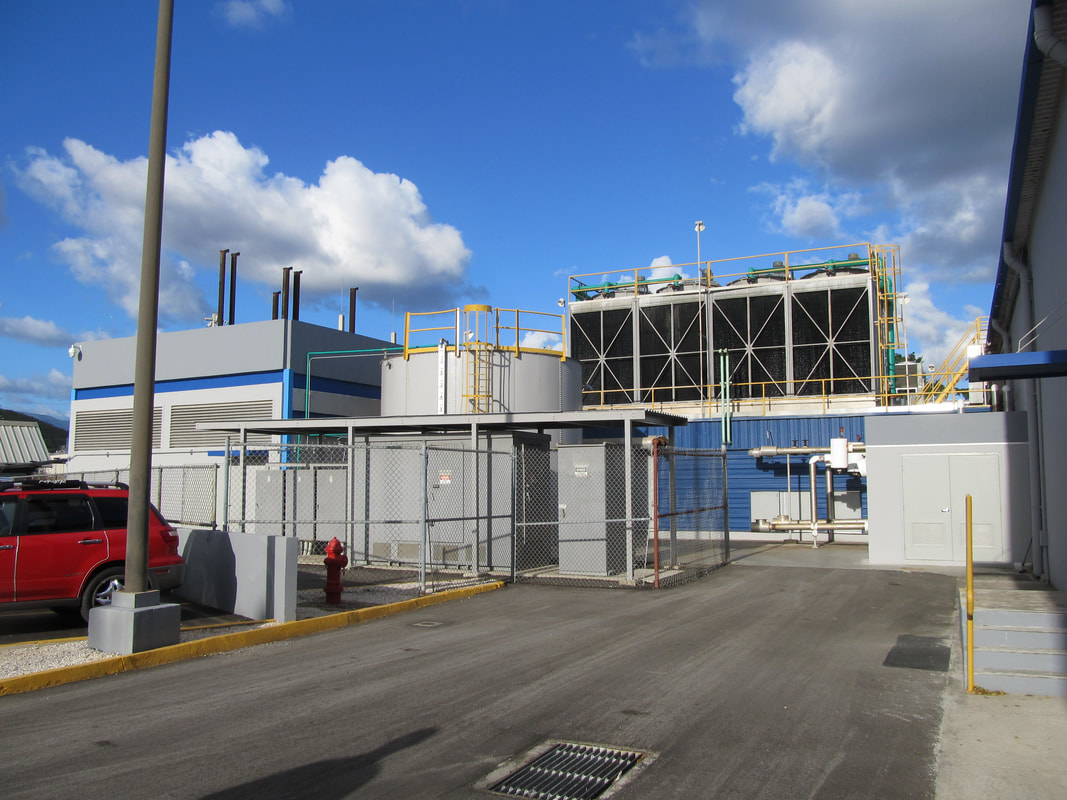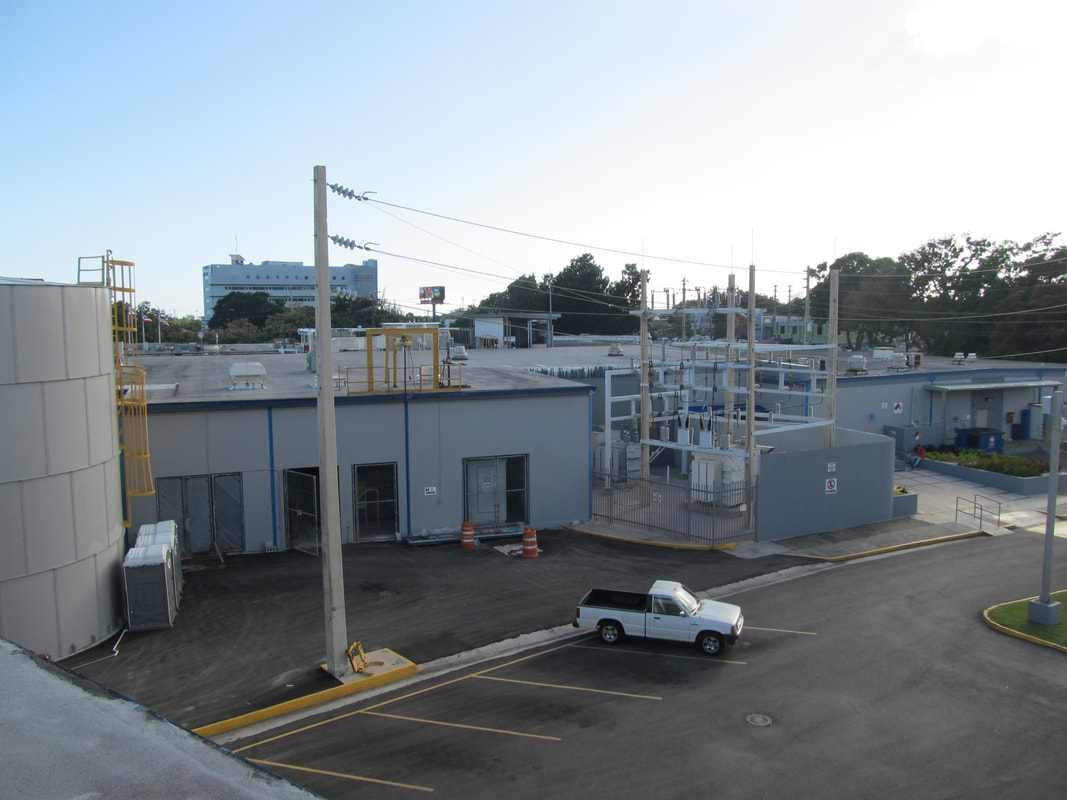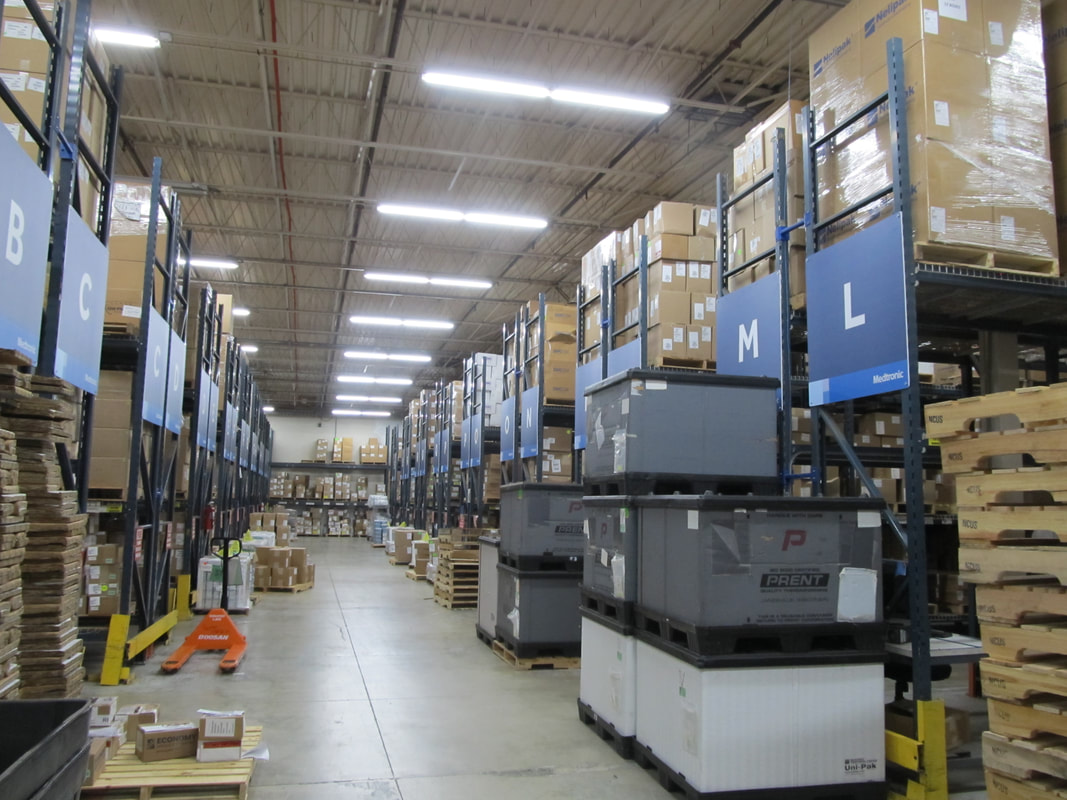Medtronic Ponce Campus, Puerto Rico
Seismic Evaluation
The southwestern part of Puerto Rico experienced a series of earthquakes beginning December 28, 2019 and continuing into 2020 that included 11 earthquakes that were greater than a magnitude of 5 Mw. The largest and most damaging of this sequence, which occurred on January 7, 2020 had a magnitude of 6.4 Mw and a maximum felt intensity of VII (very strong) on the Modified Mercalli intensity scale. Even though no significant post-earthquake damage was observed at Medtronic's Ponce facility, the safety and structural integrity of the facility to withstand future earthquakes was called into question.
The Ponce Campus is a complicated facility due to numerous additions and expansions that have occurred over the years, the most recent of which was constructed in 1991. Nine distinct construction areas were identified through the site visit and review of available structural drawings; however there are only 2 structurally independent buildings due to the presence of an expansion between the 1991 Expansion and the earlier construction areas. Prior to the 1991 Expansion, building additions utilized existing gravity load resisting elements to support new framing along the interface between the new and existing construction areas. Where roof elevations were increased at a building addition, a new column was spliced to the top of the existing column to support the new roof framing.
The Ponce facility includes office space, warehouse areas, clean rooms for the manufacturing of medical devices, packaging areas, and additional outlying buildings for mechanical and electrical equipment. The predominant construction type is steel frame with perimeter infill masonry walls. A Tier 1 seismic evaluation was performed using ASCE/SEI 31-13 criteria with a Life Safety performance objective for the buildings and nonstructural components. The Tier 1 evaluations identified seismic deficiencies for the buildings and the nonstructural components. A report was prepared to document the findings of the Tier 1 evaluation and provide recommendations for next steps, including options for building strengthening and anchorage and bracing for nonstructural components.
The Ponce Campus is a complicated facility due to numerous additions and expansions that have occurred over the years, the most recent of which was constructed in 1991. Nine distinct construction areas were identified through the site visit and review of available structural drawings; however there are only 2 structurally independent buildings due to the presence of an expansion between the 1991 Expansion and the earlier construction areas. Prior to the 1991 Expansion, building additions utilized existing gravity load resisting elements to support new framing along the interface between the new and existing construction areas. Where roof elevations were increased at a building addition, a new column was spliced to the top of the existing column to support the new roof framing.
The Ponce facility includes office space, warehouse areas, clean rooms for the manufacturing of medical devices, packaging areas, and additional outlying buildings for mechanical and electrical equipment. The predominant construction type is steel frame with perimeter infill masonry walls. A Tier 1 seismic evaluation was performed using ASCE/SEI 31-13 criteria with a Life Safety performance objective for the buildings and nonstructural components. The Tier 1 evaluations identified seismic deficiencies for the buildings and the nonstructural components. A report was prepared to document the findings of the Tier 1 evaluation and provide recommendations for next steps, including options for building strengthening and anchorage and bracing for nonstructural components.



